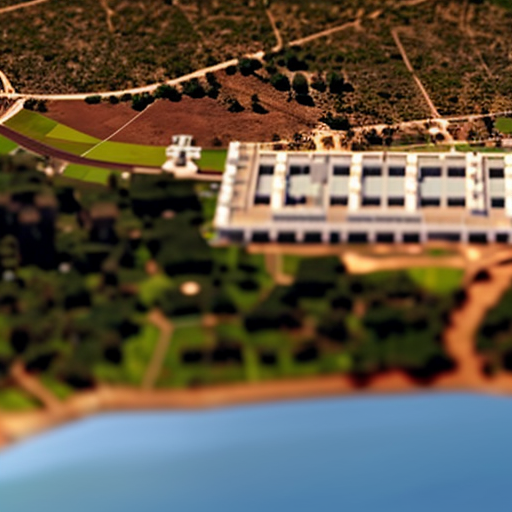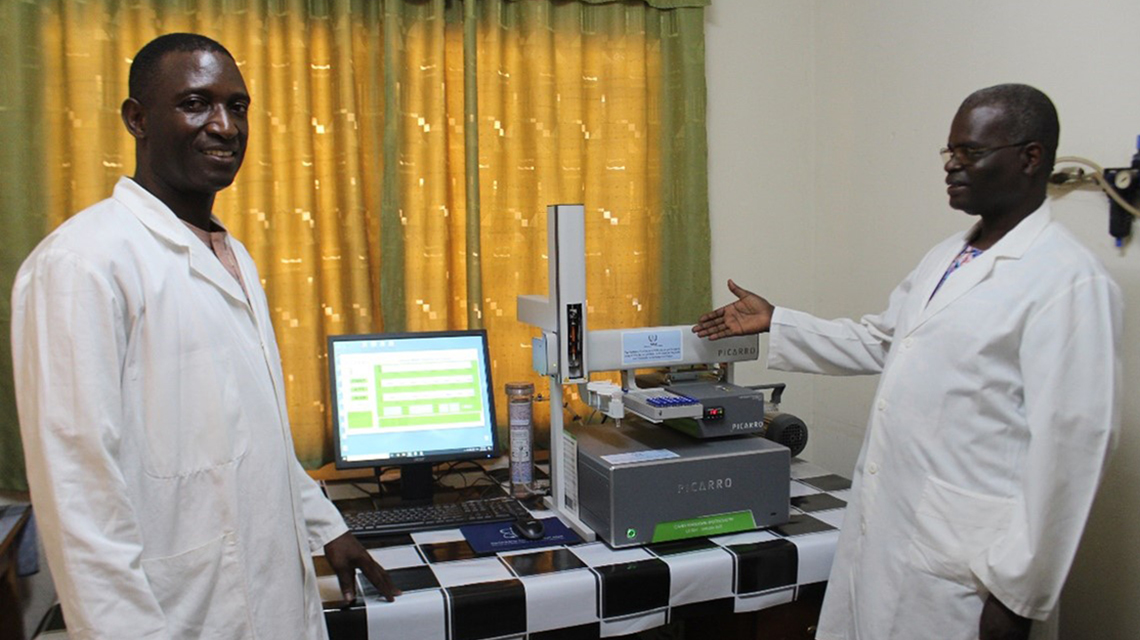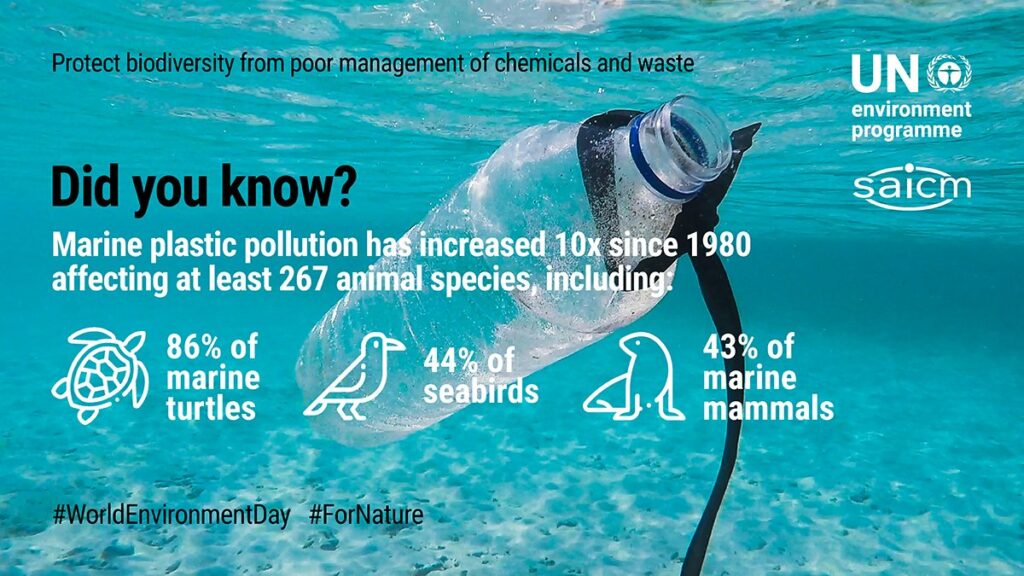
Scientists in the Sahel Region Utilize Nuclear Techniques to Find Quality Groundwater Sources

Water resources in Africa are facing increasing pressure due to rising water demand, degradation of water quality, and the effects of climate change. With over 41 groundwater aquifers shared by multiple countries on the continent, a collaborative approach to protecting these resources is crucial.
Supporting Groundwater Resource Management in Africa
The International Atomic Energy Agency (IAEA) is actively supporting African experts in their efforts to characterize, manage, and monitor groundwater resources through the use of nuclear techniques, particularly Isotope Hydrology. By analyzing naturally occurring isotopes in groundwater, scientists can assess the age, vulnerability, and sustainability of these water resources. Additionally, the analysis of nitrogen isotopes can help identify the source of pollutants that pose a threat to aquifers, thereby strengthening water security and resilience planning.
The IAEA’s Isotope Hydrology Laboratory is equipped with state-of-the-art technology that enables the mapping of water resources such as rivers, lakes, and underground aquifers. Through its technical cooperation program, the IAEA has been providing training, research support, and equipment to African scientists in the Sahel region, which faces significant water scarcity and relies heavily on groundwater.
Advancements in Groundwater Resource Management
Building upon previous projects, experts from the 13 countries in the Sahel region have made significant progress in characterizing shared groundwater resources in five basins. This work supports sustainable socioeconomic development and addresses water scarcity through transboundary management. The current project aims to expand its scope to include shared basins in the southern part of the continent and introduce the use of nitrogen isotopes for water quality studies.
Scientists participating in the project have already made a key discovery by confirming the presence of a significant amount of high-quality groundwater in the Sahel basins using isotope hydrology. This finding is crucial considering the important role groundwater plays in the region’s water supply.
Capacity Building and Collaborative Research
The IAEA has recently provided the Applied Hydrology and Environmental Geology Laboratory at the University of Lomé in Togo with a laser isotope analyzer, which enables the measurement of stable isotopes in water samples. This laboratory, operated by Togolese scientist Goumpoukini Boguido, produces high-quality analytical results and conducts research projects not only within Togo but also beyond its borders.
Through South-South cooperation, Boguido carries out physico-chemical and isotopic analyses of water samples collected from various parts of the region. He also supervises students at different academic levels. Similarly, Abdallah Mahamat Nour, Head of the HydroGeosciences and Reservoirs Laboratory at the University of N’Djaména in Chad, highlights how the IAEA’s technical cooperation project has significantly contributed to his work as a postdoctoral fellow. The support received has allowed him to establish essential tools and equipment for his laboratory’s activities and guide Chadian IAEA fellows in their research projects utilizing isotope hydrology.
Education and Knowledge Sharing
Through an IAEA postgraduate program, students at the doctoral, master’s, and postdoctoral levels are learning to characterize water samples effectively and map groundwater resources. This program aims to promote regional self-reliance in isotope hydrology and has already enrolled 60 students, including 21 women. Seven students have completed the course and graduated.
Furthermore, collaborative scientific publications involving authors from the participating countries are being published in scholarly journals, demonstrating successful South-South cooperation.
Expanding the Scope and Impact
Building on the achievements of the current project’s initial phase, the IAEA aims to expand its scope beyond the Sahel region to include other parts of Africa. The program will continue to support the existing network of countries in the Sahel region and seek to include member states in the southern part of the continent that share water resources, such as the Orange River, the Medium Zambezi Aquifer System, the Inkomati-Maputo, and the Greater Okavango River Basins.
The IAEA’s large-scale projects on water resources assessment and management in the Sahel region, implemented through its technical cooperation program, contribute to the sustainable management of shared groundwater resources. These efforts align with Sustainable Development Goal 6 and the African Union’s Agenda 2063, promoting regional and local socioeconomic development.
SDGs, Targets, and Indicators in the Article
1. Which SDGs are addressed or connected to the issues highlighted in the article?
- SDG 6: Clean Water and Sanitation
- SDG 13: Climate Action
- SDG 17: Partnerships for the Goals
The article discusses the issues of water resources under pressure, water quality degradation, and climate change in Africa. These issues are directly connected to SDG 6, which aims to ensure availability and sustainable management of water and sanitation for all. The article also mentions the use of nuclear techniques to assess the age, vulnerability, and sustainability of water resources, which aligns with SDG 13 on climate action. Additionally, the article highlights the partnership between the IAEA and African experts, demonstrating the importance of partnerships for achieving the SDGs, as emphasized in SDG 17.
2. What specific targets under those SDGs can be identified based on the article’s content?
- SDG 6.4: By 2030, substantially increase water-use efficiency across all sectors and ensure sustainable withdrawals and supply of freshwater to address water scarcity
- SDG 13.1: Strengthen resilience and adaptive capacity to climate-related hazards and natural disasters in all countries
- SDG 17.16: Enhance the global partnership for sustainable development, complemented by multi-stakeholder partnerships that mobilize and share knowledge, expertise, technology, and financial resources
The article mentions the need for sustainable management of water resources and addressing water scarcity, which aligns with target 6.4 under SDG 6. It also emphasizes the importance of strengthening resilience to climate-related hazards, which relates to target 13.1 under SDG 13. Furthermore, the partnership between the IAEA and African experts demonstrates the importance of multi-stakeholder partnerships, supporting target 17.16 under SDG 17.
3. Are there any indicators mentioned or implied in the article that can be used to measure progress towards the identified targets?
- Indicator 6.4.1: Change in water-use efficiency over time
- Indicator 13.1.1: Number of deaths, missing persons, and directly affected persons attributed to disasters per 100,000 population
- Indicator 17.16.1: Number of countries reporting progress in multi-stakeholder development effectiveness monitoring frameworks that support the achievement of the sustainable development goals
The article does not explicitly mention these indicators, but the progress towards the identified targets can be measured using these indicators. Indicator 6.4.1 measures the change in water-use efficiency over time, which is relevant to target 6.4 under SDG 6. Indicator 13.1.1 measures the impact of climate-related hazards and natural disasters on human lives, which relates to target 13.1 under SDG 13. Indicator 17.16.1 measures the progress in multi-stakeholder development effectiveness monitoring frameworks, which is relevant to target 17.16 under SDG 17.
SDGs, Targets, and Indicators Table
| SDGs | Targets | Indicators |
|---|---|---|
| SDG 6: Clean Water and Sanitation | 6.4: By 2030, substantially increase water-use efficiency across all sectors and ensure sustainable withdrawals and supply of freshwater to address water scarcity | Indicator 6.4.1: Change in water-use efficiency over time |
| SDG 13: Climate Action | 13.1: Strengthen resilience and adaptive capacity to climate-related hazards and natural disasters in all countries | Indicator 13.1.1: Number of deaths, missing persons, and directly affected persons attributed to disasters per 100,000 population |
| SDG 17: Partnerships for the Goals | 17.16: Enhance the global partnership for sustainable development, complemented by multi-stakeholder partnerships that mobilize and share knowledge, expertise, technology, and financial resources | Indicator 17.16.1: Number of countries reporting progress in multi-stakeholder development effectiveness monitoring frameworks that support the achievement of the sustainable development goals |
Behold! This splendid article springs forth from the wellspring of knowledge, shaped by a wondrous proprietary AI technology that delved into a vast ocean of data, illuminating the path towards the Sustainable Development Goals. Remember that all rights are reserved by SDG Investors LLC, empowering us to champion progress together.
Source: iaea.org

Join us, as fellow seekers of change, on a transformative journey at https://sdgtalks.ai/welcome, where you can become a member and actively contribute to shaping a brighter future.






